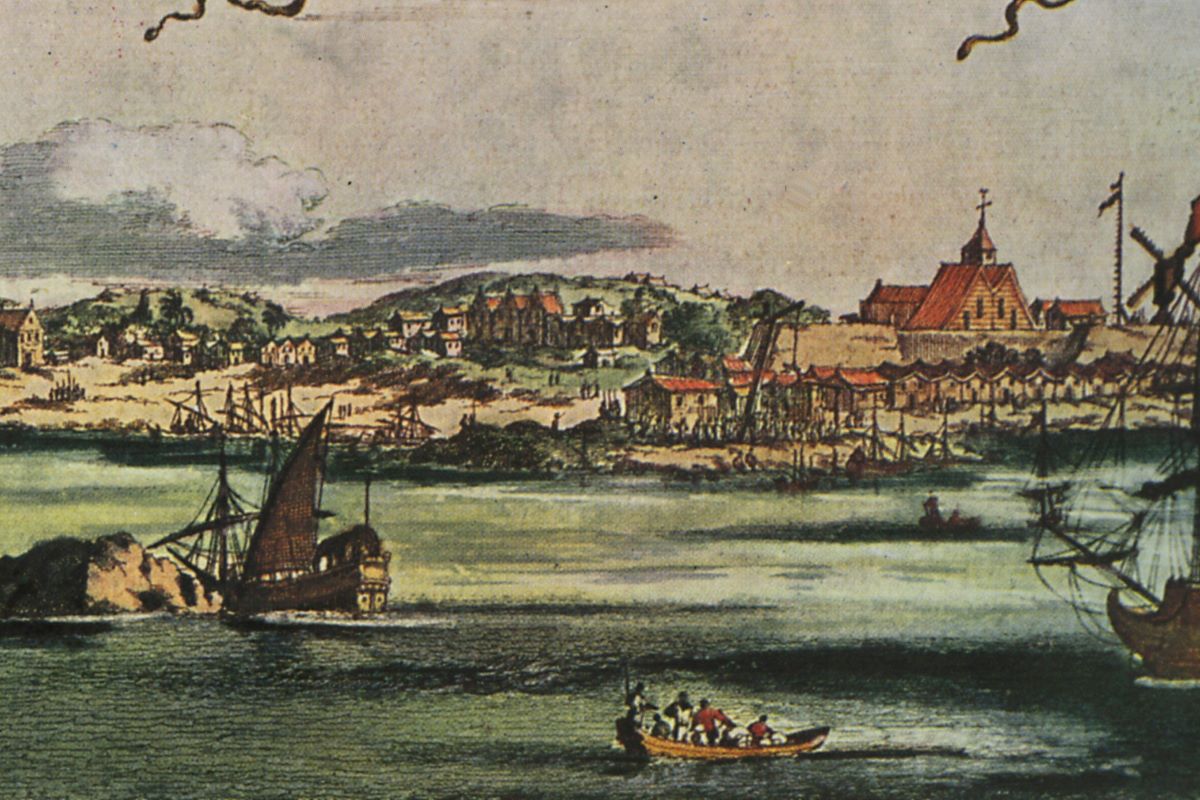
What made the Second Battle of Sabine Pass so remarkable? Imagine a small group of 46 Confederate soldiers facing off against a much larger Union force. On September 8, 1863, this David vs. Goliath scenario unfolded at Sabine Pass in Texas. The Union aimed to disrupt Confederate trade with Mexico by establishing a foothold in Texas. However, the Confederates, led by Lieutenant Richard W. Dowling, had other plans. Despite being heavily outnumbered, their precise artillery fire wreaked havoc on the Union flotilla, forcing a retreat. This battle showcased the power of strategy and preparation over sheer numbers, making it one of the most lopsided victories of the Civil War.
Key Takeaways:
- The Second Battle of Sabine Pass in 1863 showcased the bravery of a small Confederate force and marked a significant victory, inspiring other Confederate soldiers and boosting morale during the American Civil War.
- Despite being outnumbered, the Confederate defenders at Fort Griffin held their ground, inflicting significant losses on the Union forces and demonstrating the effectiveness of strategic defense in the face of adversity.
The Second Battle of Sabine Pass: A Pivotal Engagement
The Second Battle of Sabine Pass was a crucial moment in the American Civil War. This battle, fought on September 8, 1863, showcased the strategic importance of Texas and the bravery of a small Confederate force. Let's dive into the key facts that made this battle so significant.
Location and Date
Understanding where and when the battle took place sets the stage for its historical context.
- Location: The battle occurred at Sabine Pass, located in Jefferson County, Texas, near the mouth of the Sabine River.
- Date: The Second Battle of Sabine Pass took place on September 8, 1863.
Union's Strategic Objectives
The Union had clear goals for this engagement, aiming to disrupt Confederate trade and establish a foothold in Texas.
- Union Objective: The primary objective of the Union forces was to establish a military presence in Texas to discourage trade between the Confederacy and Mexico. This trade was crucial for the Confederacy as it provided much-needed supplies.
- Union Forces: The Union flotilla consisted of four gunboats and seven troop transports, under the command of General William Bull Franklin.
Confederate Defense at Fort Griffin
A small but determined Confederate force defended Fort Griffin, showcasing remarkable bravery and skill.
- Confederate Forces: The Confederate garrison at Fort Griffin, which protected Sabine City, was commanded by Lieutenant Richard W. Dowling and consisted of only 46 men.
- Preparation: The Confederate gunners at Fort Griffin had been practicing their artillery skills by firing at range markers placed in the river to break the monotony of their daily routine.
The Battle Unfolds
The events of the battle highlight the tactical decisions and the intense combat that took place.
- Union Approach: At approximately 6:00 AM on September 8, 1863, the Union flotilla steamed into Sabine Pass and up the Sabine River with the intention of reducing Fort Griffin and landing troops.
- Initial Engagement: As the gunboats approached Fort Griffin, they came under accurate fire from six cannons. The Confederate gunners had been well-prepared and began firing immediately.
- Damage to Union Ships: The intense and accurate fire from the Confederate garrison at Sabine resulted in significant damage to two Federal ships. The gunboat Clifton was captured, and about 200 prisoners were taken.
- Withdrawal of Union Forces: The Union flotilla was forced to retire due to the heavy casualties and damage sustained. Further Union operations in the area ceased for about a month.
Heroics and Historical Significance
The bravery of the Confederate defenders and the battle's impact on the war effort are noteworthy.
- Heroics at Fort Griffin: The heroics of Lieutenant Dowling and his small force of 46 men inspired other Confederate soldiers. Their victory was seen as one of the most lopsided battles of the war.
- Historical Significance: The Battle of Sabine Pass marked a significant Confederate victory, demonstrating the effectiveness of a well-trained and well-led small force against a larger but less prepared enemy.
Context and Strategic Importance
The broader context of the war and the strategic importance of Sabine Pass add depth to the battle's significance.
- Context of the War: During this period, the Confederacy was facing significant challenges, including the loss of key territories and the blockade of Southern ports by the Union Navy. The victory at Sabine Pass provided a much-needed boost to Confederate morale.
- Role of Major Julius Kellersberg: Major Julius Kellersberg, the chief engineer for East Texas, played a crucial role in building Fort Griffin. He led a team of 500 slaves to construct the fort, which was designed to protect the eastern approaches to Texas.
- Fort Griffin’s Design: Fort Griffin was built as a three-sided earth embankment reinforced with iron rails and cross-ties. It was strategically located upstream of the ruined fort overlooking the trickiest part of the pass—a sharp bend where two narrow channels merged.
- Artillery at Fort Griffin: The fort was equipped with six cannons, including two 24-pound iron long guns and two 32-pound howitzers. These cannons were crucial in the battle against the Union flotilla.
Union Naval Dominance and Confederate Strategy
Despite Union naval dominance, the Confederates managed to hold their ground through strategic defense.
- Union Naval Dominance: Despite the Union Navy's dominance in Gulf of Mexico waters, the Confederates managed to hold onto Texas through strategic defense and effective use of limited resources.
- General John Magruder’s Strategy: General John Magruder, the Confederate commander, had to cover all potential invasion points along the Texas coast with only 2,500 men. His strategy included placing garrisons along the coast and preparing for any potential Union incursions.
- Sabine Pass as a Strategic Location: Sabine Pass was a critical location for the Confederacy as it guarded the eastern approaches to Texas. The pass was also an important outlet for the Sabine and Neches Rivers, making it a strategic point for both military and economic control.
Previous Union Raids and Confederate Preparations
The battle was influenced by previous Union raids and the subsequent Confederate preparations.
- Previous Union Raids: In September 1862, Union forces had previously raided Sabine Pass. Navy gunboats smashed the fort, and troops burned sawmills and railroad shops, destroyed track, and pulled down the bridge over the Sabine River.
- Confederate Preparations: After the previous raid, Major Kellersberg was sent to Sabine City with orders to build a new fort. The construction of Fort Griffin was a response to the Union's previous incursion and aimed to prevent future attacks.
Key Decisions and Battle Outcome
Critical decisions made by Confederate leaders and the battle's outcome highlight the significance of the engagement.
- Captain Odlum’s Role: Captain Odlum, commanding at Sabine City in Colonel Griffin’s absence, telegraphed General Magruder with news of the invasion. Magruder initially ordered the fort to be destroyed and the garrison to retreat west, but this order was framed as permission to withdraw rather than an order to do so by Lieutenant Dowling.
- Lieutenant Dowling’s Decision: Lieutenant Dowling, after receiving the instructions from Captain Odlum, decided to stay and fight. The gunners at Fort Griffin had been practicing their skills and were eager to engage the enemy.
- Battle Outcome: The Confederate defenders suffered no casualties, while the Union forces suffered significant losses. The Union flotilla was forced to retreat, and further operations in the area ceased for about a month.
Legacy of the Battle
The legacy of the Second Battle of Sabine Pass continues to be remembered as a testament to the resilience and determination of the Confederate soldiers.
- Legacy of the Battle: The heroics at Fort Griffin inspired other Confederate soldiers and became known as one of the most lopsided battles of the war. Today, the battlefield is a state park, and the only token of the battle visible to the casual observer is the walking beam from the Clifton’s engine, a monument to a forgotten battle.
The Legacy of Sabine Pass
The Second Battle of Sabine Pass stands as a testament to the power of determination and strategy. With just 46 men, Lieutenant Richard W. Dowling and his Confederate garrison at Fort Griffin managed to repel a much larger Union force. Their victory not only boosted Confederate morale but also highlighted the strategic importance of Texas during the Civil War. The battle showcased how a well-prepared and well-led small force could outmaneuver and defeat a larger, less coordinated enemy. Today, the site of this remarkable battle is a state park, serving as a reminder of the bravery and resilience displayed by the Confederate soldiers. The walking beam from the Clifton’s engine stands as a monument to this forgotten yet pivotal moment in history. The Second Battle of Sabine Pass remains a symbol of tactical brilliance and unwavering courage.
Frequently Asked Questions
Was this page helpful?
Our commitment to delivering trustworthy and engaging content is at the heart of what we do. Each fact on our site is contributed by real users like you, bringing a wealth of diverse insights and information. To ensure the highest standards of accuracy and reliability, our dedicated editors meticulously review each submission. This process guarantees that the facts we share are not only fascinating but also credible. Trust in our commitment to quality and authenticity as you explore and learn with us.


